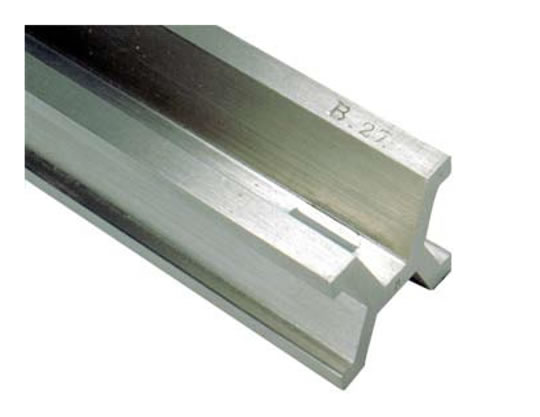
The original metre, developed in 19th Century France as a standard for all people, for all time.
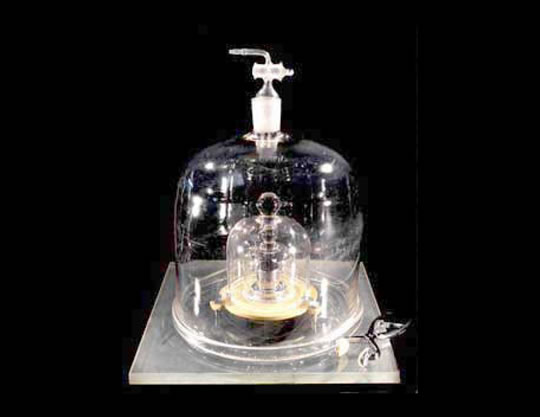
The original kilogram.
I’m inspired by the idealism of those who developed the metric system which was partly logical, partly self-centred, and is still to much extent based on these very physical objects. I want to make a series of objects much like this but that are only for our generation and, while still maintaining that sense of perfection and ideology that the French had 150 years ago, while acknowledging the futility in being so idealistic. Can I do both in a bunch of highly precision objects?
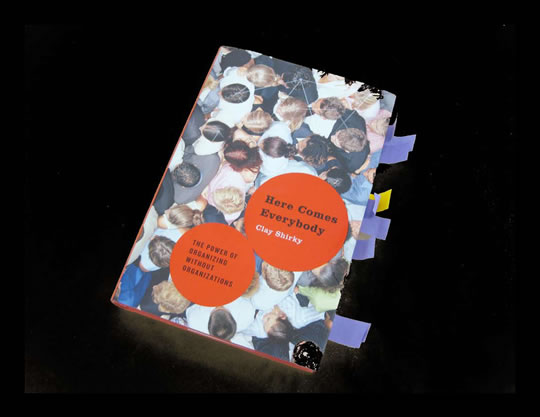
I’ve been reading Here Comes Everybody by Clay Shirkey and realized I’m very much interested in the technology we use to accomplish distributed tasks. My grad project is not so much interested in the crowdsourcing aspect as much as the ubiquity of something that didn’t exist 10 years ago, and may not in another 10 years (at least not in a recognizable form). So I was started with mobile phones.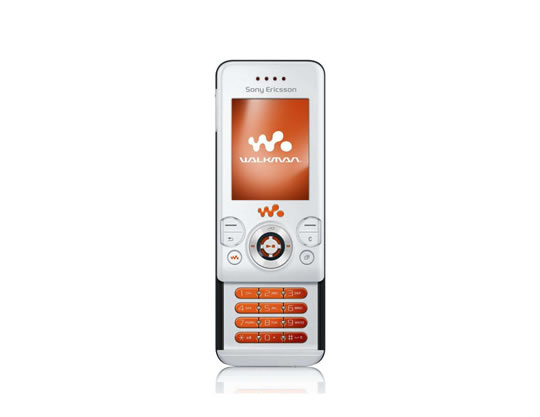
The cell phone / mobile. Something we all use.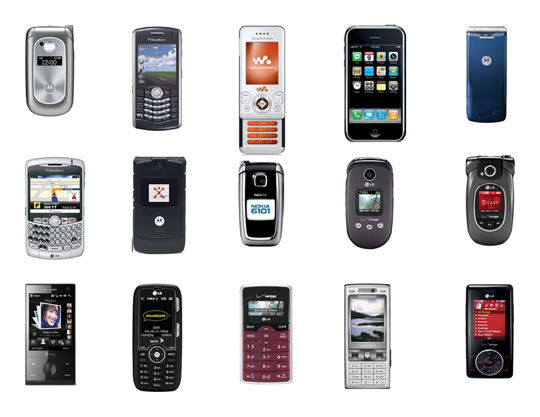
The most popular mobile phones of 2008.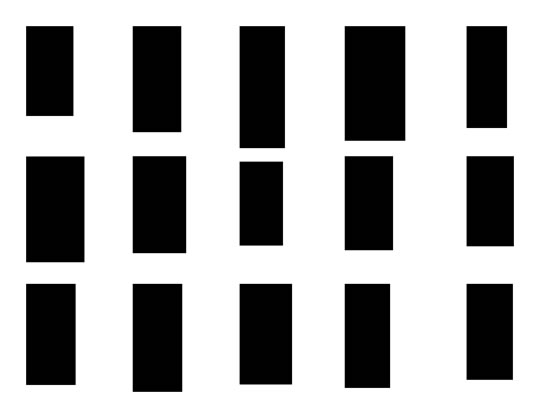
So I started measuring them.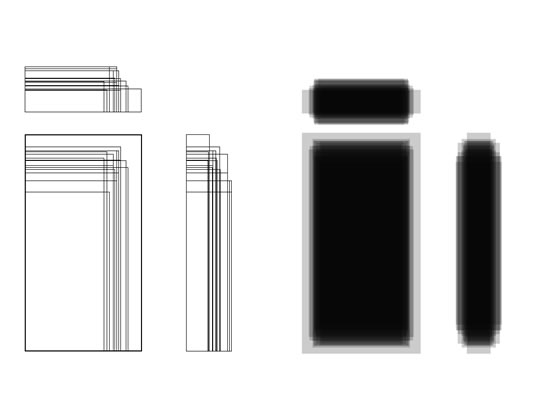
And wanted to see what they have in common. Is there a ‘standard’ here we’re not aware of?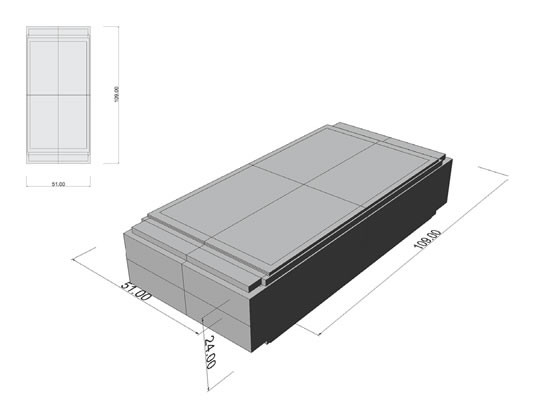
And part of my grad project is to learn about new processes and technologies in conjunction with research-based and conceptual thinking. So I started in Rhino and rendered this, the combination of all those phones. The average of them.
I also made them physical. This is each phone as a wooden block, cut as precisely as possible. But I want the spirit of the original metric system combined with its precision. So I want too get that rendering machined. I’ve got appointments with both the CNC tech at school and the Metal Shop tech.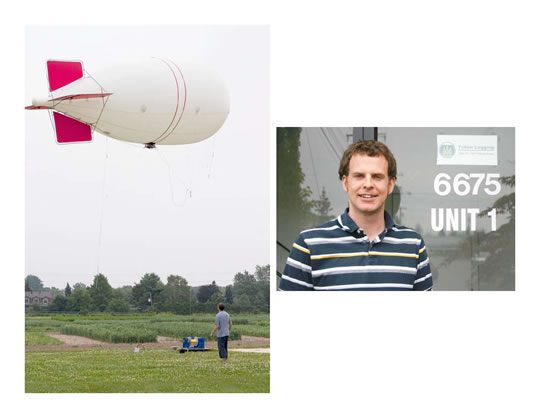
I have a number of consultants assisting me in this applied aspect, in particular two engineers: Alistair Howard, with expertise in measurement (pictured here with his graduation thesis) and Scott Borstad, originally with Triton Logging and experience with prototyping and machining.
I’m also interested in emerging materials as part of my final education at this university. Here I’m exploring shape memory polymers as a possible material choice for the final products.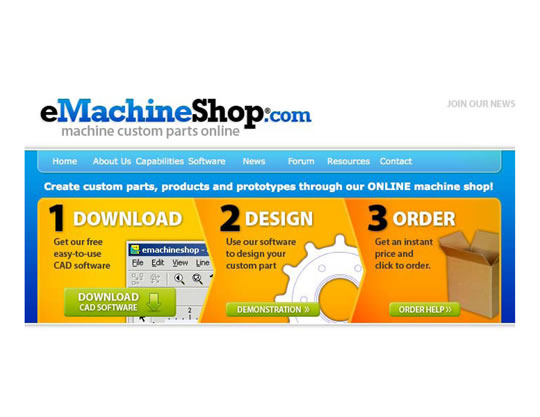
An example of some sources I’ve been directed to: rapid prototyping services.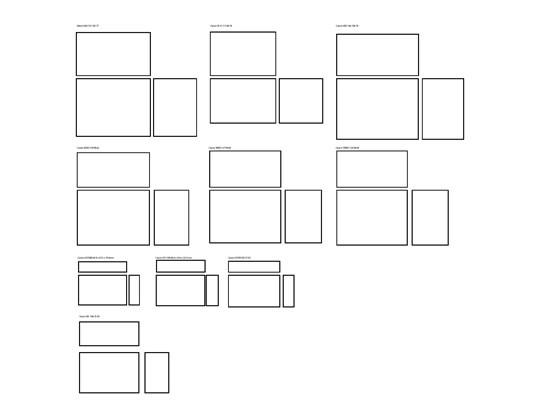
My next steps involve exploring other objects common and influential in our generation, such as digital cameras…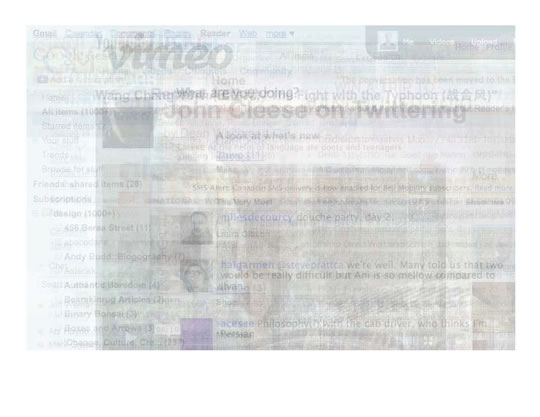
…and more abstract relationships such as websites. Here are the top 10 sites myself and my friends visit online regularly.
Download this presentation in its original projector-res format PDF (648kb).
Leave a Reply